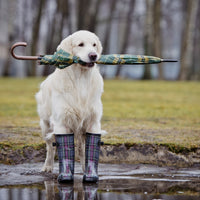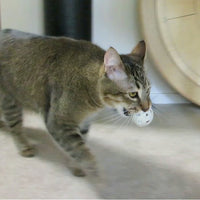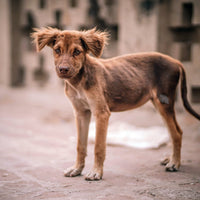Subtotal
CAD $0.00
or
On Jan. 5th the American Kennel Club announced they are recognizing 2 new breeds, pushing the count of AKC breeds to 189. As of now they are welcome to compete in most AKC shows and competitions, with the exception of Westminster Kennel Club, which they can compete in next year. Let's take a moment to get introduced to these awesome additions; the American Hairless Terrier and the Sloughi, also known as the Arabian Greyhound.
The statuesque Sloughi, shown in photo above, hails from North Africa, mainly Morocco, but found in smaller numbers around North Africa. Its origins are thought to be in Ethiopia, and there is evidence that they were given as gifts to Pharaohs from Nubia.
The Sloughi is short-haired, medium sized, and strong. Its coloring varies from light sand to a mahogany. Generally, the breed is in excellent health well into old age.
These can be good family dogs, though they need space to run and exercise. They tend to be sensitive and respond well to friendly training with no punishment.
This hairless wonder got its roots in Louisiana, when a couple of breeders happened upon the traits when a hairless pup was produced in a litter of Rat Terriers in 1972. Her look and temperament were found likable, and, using her to breed more, eventually had a foundation stock in 1981.
These canines come in a variety of colors, from white to black and in between. They are a smaller breed, standing 7–18 inches and weighing 7–25 lbs. Because they are hairless they need extra protection from the sun, using sunscreen or shirt.
The AHT's are very athletic and enjoy agility games. They are good watch dogs and very intelligent. There is some indecision about whether or not they are good family pets, mostly because of their size and the chance of getting hurt by young children.





you can please some of the people all of the time, but you can't please all of the people all of the time.Much can be felt in the spirit of this quote when we look at how we observe and discuss the issue of an ever growing pet population, dogs specifically, and the resulting stray dog populace that comes from it.